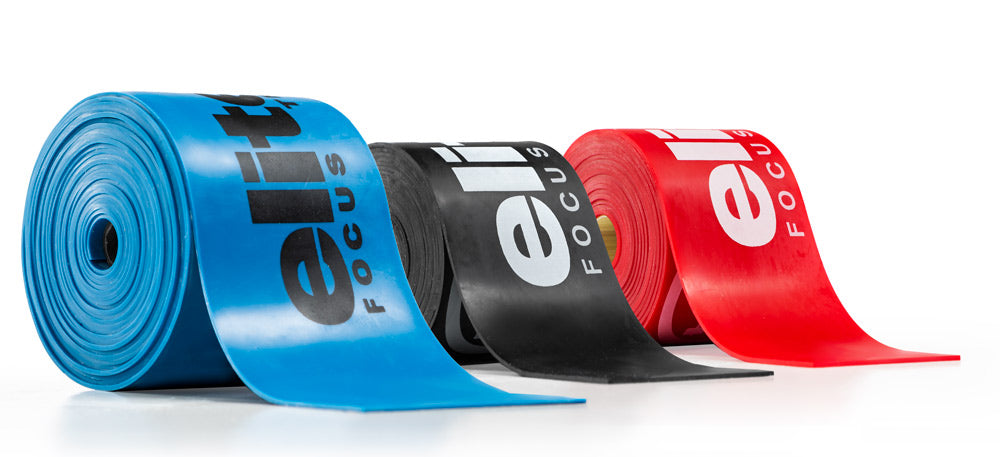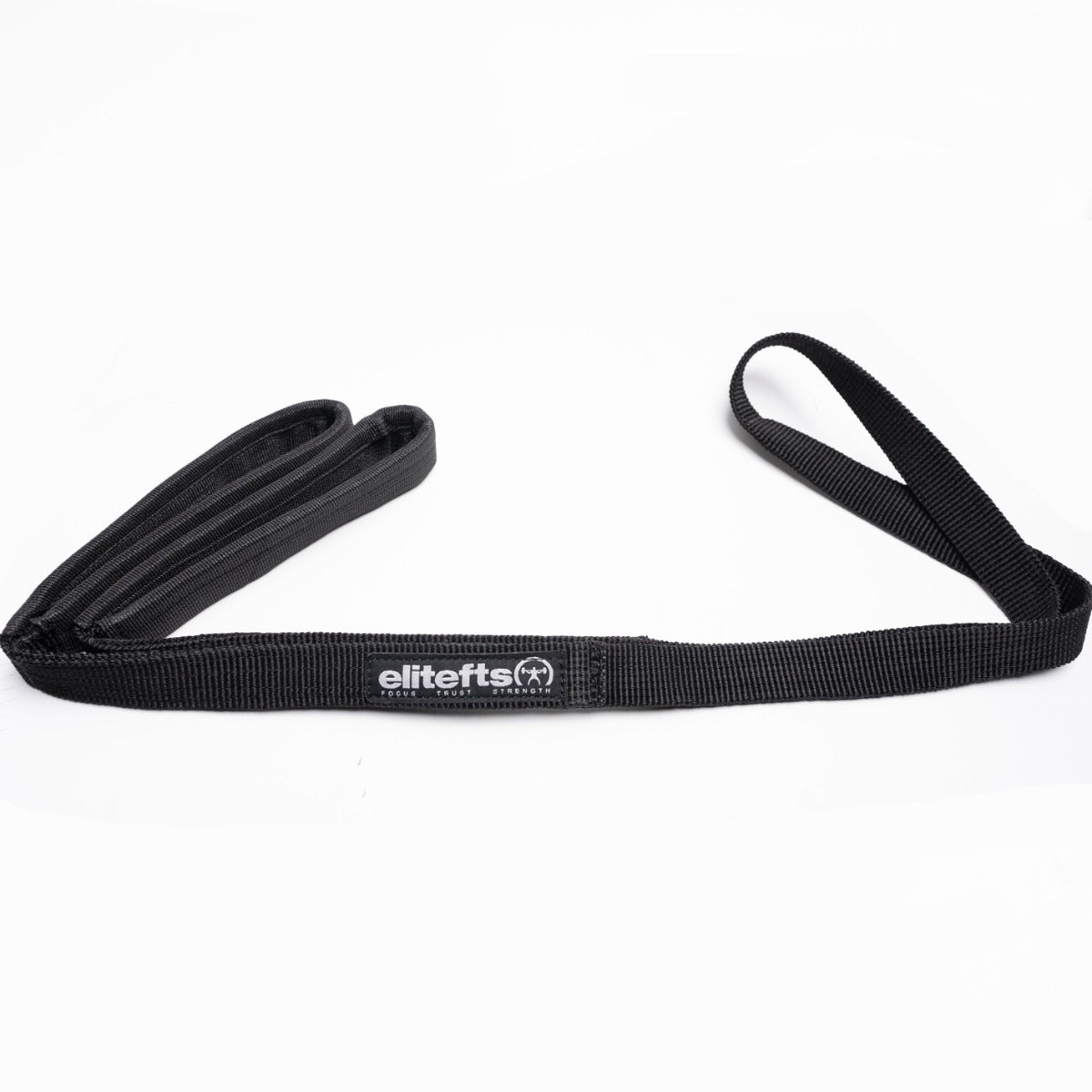Although exercise in the form of endurance (i.e. running a 2K) or resistance type training (i.e. weightlifting) has numerous benefits such as increasing oxygenation of tissues and improving insulin sensitivity, it also has a downside. With every breath that we take, we use oxygen to aid in the process of converting carbohydrates, proteins, and fats to energy. This, in turn, creates an unstable molecule of oxygen.
These molecules are highly destructive to the molecules and tissues surrounding them and have been named free radicals. The free radicals that exceed the body’s antioxidant stores are the cause of oxidative stress. They occur in the body inevitably from energy metabolism and respiration. Exercise uses 12–20 times more oxygen and sends free radical production into high gear.
Research has shown that free radicals cause extensive muscle damage and play a major role in accelerated aging, disease, and death. Thousands of research papers have shown that the cardiovascular system, cancer, diabetes, arthritis, Alzheimer’s, Parkinson’s disease, and obesity are influenced by free radical damage. The good news is that all exercise enthusiasts can increase their antioxidant status to quench (neutralize) the free radicals, thus rendering them harmless.
The most important thing to understand is that there are several types of free radicals that can be quenched by one antioxidant or another. The biggest mistake trainees make is taking one isolated antioxidant, such as Vitamin C. This can actually cause more free radical damage! This happens because during the process of neutralizing a free radical, the antioxidants donate or receive an electron, which causes it to become a free radical itself. There needs to be other antioxidants present to continue along the chain reaction until it is excreted from the human body via urine, sweat, or breath.
I coach my clients to understand that the antioxidants all work together and compliment each other to neutralize free radical damage. Imagine they are different instruments in an orchestra attempting to produce pleasurable music. If one or two instruments are not present, the music will not sound right and it will be unbalanced. The human body is the same way. There must be a balance of antioxidants to achieve the desired result of stopping free radical damage.
We are able to produce three main antioxidants ourselves, which is mainly glutathione, superoxide dismutase, and catalase. Unfortunately, the body has to deal with stress, pollution, unhealthy dietary practices, and exercise. All these factors overwhelm your body’s levels of antioxidants. Even if you are eating 5–10 servings of organic vegetables and fresh fruit per day, it is difficult to obtain sufficient antioxidant protection without nutritional supplementation.
Vitamin C, E, glutathione, n-acetyl cystiene, beta-carotene, lycopene, grape seed extract, alpha lipoic acid, CoQ10, selenium, and zinc head the list of antioxidant supplementations. These are taken with meals throughout the day and are the backbone for protecting the exercise enthusiast from the harmful effects of free radical damage from exercise.
A full spectrum antioxidant that I use frequently as part of a comprehensive package for my athletes and nutrition clients is Bioprotect from Biotics. Biotics is a medical grade supplement company with one of the highest standards of quality control. NIKOS Training and Wellness Center carries only medical grade supplements to ensure the highest quality for our clients.
Don’t let free radicals run rampant in your body. Take control, quench them, and enjoy all the wonderful benefits of exercise.
References:
Clarkson PM, Thompson HS (2000) Antioxidants: What role do they play in physical activity and health? AM J Clin Nutr 72(2s):637s-646s.
Cranton E, Frackelton J (1984) Free radical pathology in age related diseases. Journal of Holistic Medicine 6(1).
Colgan M (2002) Sports Nutrition Guide. Vancouver, BC: Apple Publishing.
LaValle J (2004) Cracking The Metabolic Code, New Jersey: Basic Health Publications.

































































































